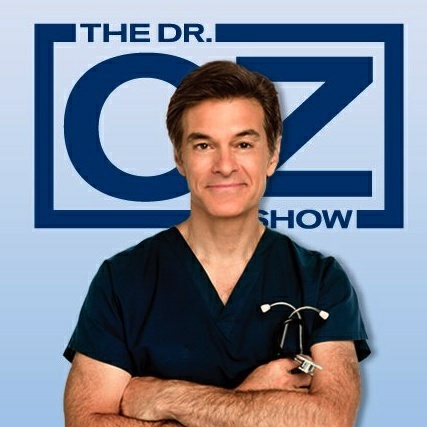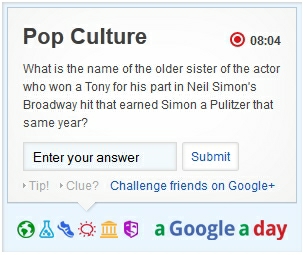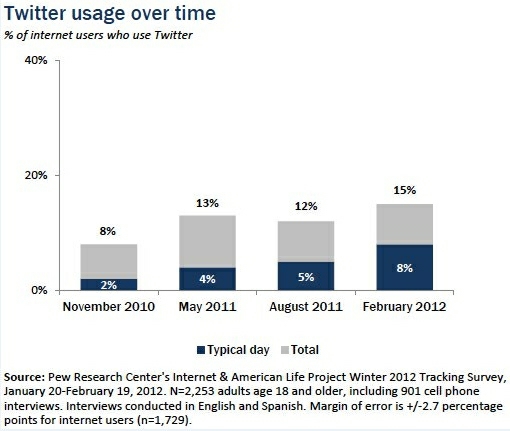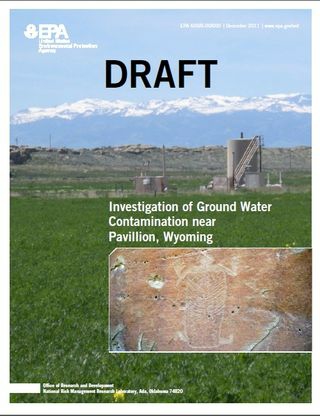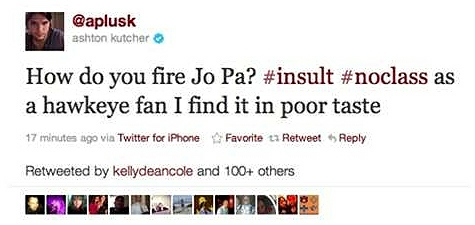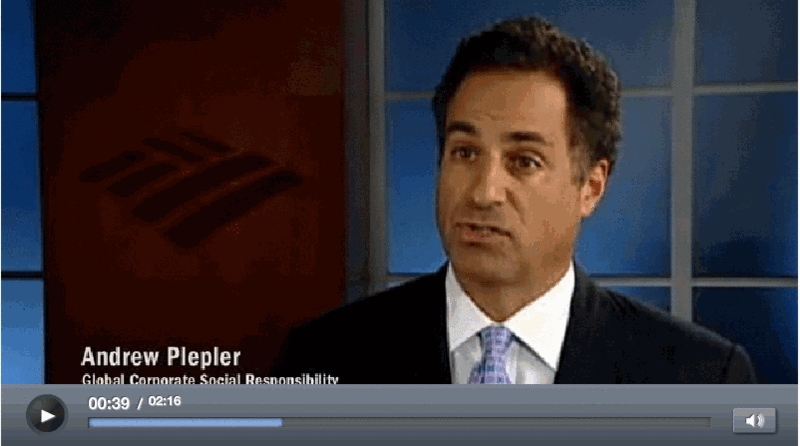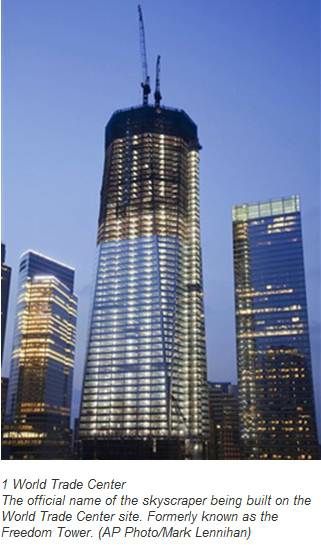Yale Sex Survey Debunked
/Who can resist a compelling headline? "Nine Percent of Yale Students Surveyed Say They've Accepted Money for Sex," an article in The College Fix, didn't give us the full picture. Skeptics might ask questions such as, "Who was surveyed and under what conditions?" and "How many people were included in the sample?"
As it turns out, the survey was taken during a "Sex Weekend" workshop for participants to "learn about masochistic sexual practices such as those depicted in 50 Shades of Grey," according to a Yale Daily News reporter. Does this group represent the typical Yale student?
How many students at the workshop completed the survey is unclear. The Yale Daily News reports that 55 students attended the workshop, but Business Insider claims that only 40 students were asked to complete the survey. Using Business Insider's numbers, four students said they were paid for sex.
Bottom line: Don't believe everything you read.
Discussion Starters:
- What would be a better way to administer a survey to Yale students to get a more representative sample? What categories of students would need to be included?
- How many responses would you consider before making a claim about students' sexual behavior?

